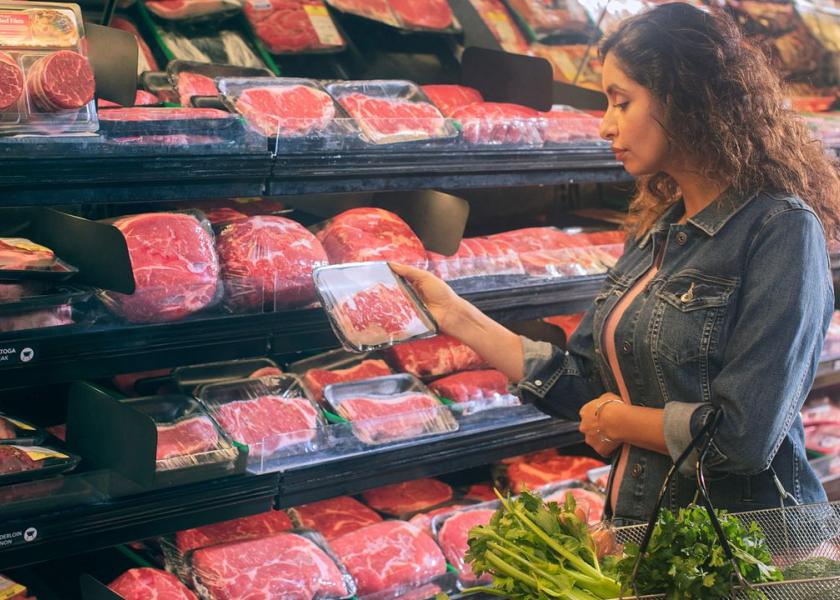Meat Sector Leads Food Price Inflation

Food prices climbed 4.5% last month, the sixth consecutive month of increases, according to the Consumer Price Index for Food. The increase was led by the meat sector, with the “meat” basket of goods up 12.6% from a year ago while the poultry index was 6.1% higher.
The September data, generated by the U.S. Bureau of Labor Statistics, follows a 3% gain in August and 2.6% gain in July. The surge marks the fastest level of growth since March 2009.
The rapid increase in food prices has many meat industry analysts worried about the impact on beef demand. The Livestock Marketing Information Center (LMIC) calculates a meat demand index to estimate relative changes in meat demand using the CPI and a base year of 2000.
LMIC’s second quarter demand index saw strong demand for both beef and pork outpacing a year ago. However, strong wholesale prices over the summer have dampened retail enthusiasm.
“The all-fresh beef demand index fell to 121 from 124 the year before, but is still the second highest index value in the series,” LMIC noted in the Daily Livestock Report published by Steiner Consulting Group. “Pork retail demand index, however, proved to have a significant set back falling back to 100, slightly ahead of the 2018 value. It appears third quarter beef and pork demand did fade in response to the lofty prices seen this summer. However, beef demand still remains a strong level compared to longer term trends.
Fourth quarter pork consumption in recent years has been over 13.5 pounds per person, which is generally larger than second quarter pork consumption. Last year the pork demand index hit a record high, at 119.
Trends in total beef consumption in the fourth quarter are typically about stable between 3rd and 4th quarter, LMIC notes. Last year the retail all fresh beef demand index also hit a record high at 120.
“The comprehensive boxed beef cutout value has slipped more than $20 from the peaks seen this summer, which could help demand stabilize,” LMIC said. “Third quarter estimates did not show nearly the steep demand decrease as it did for pork, so it may be more of a question in tastes and preferences.







